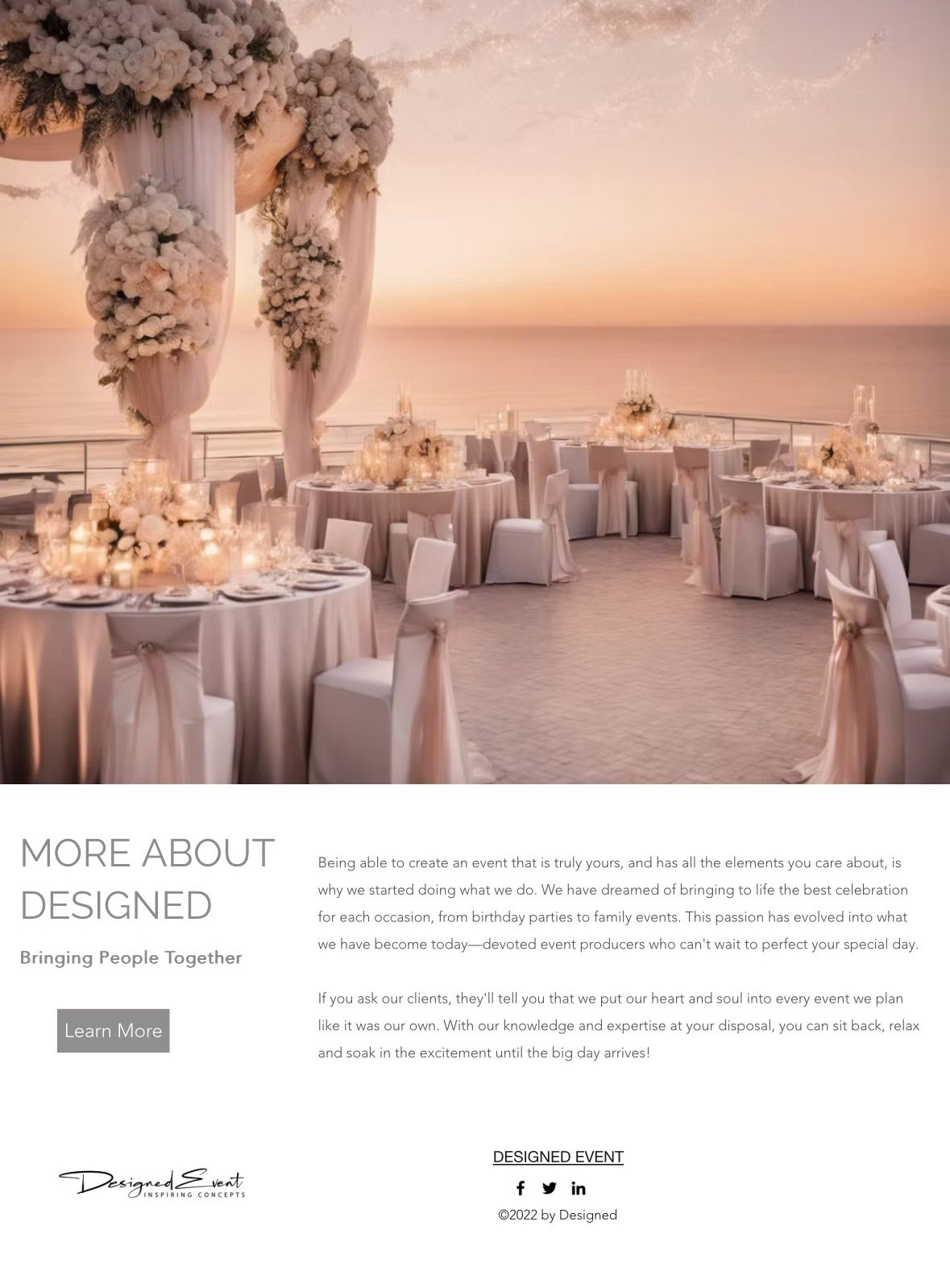The meaning of Color and how it impacts the Design
- Designed Event

- Oct 25, 2023
- 2 min read
It’s a no-brainer that colour choice is integral to design and event styling. The colour wheel is useful to find shades that work together best and rule out those that don’t. A tip is to make sure they don’t clash with existing colours at the venue.
Complimentary palettes use opposite colours on the wheel.
Analogous palettes are made up of three shades next to each other on the wheel and creates a soft look.
Monochromatic palettes consist of different shades of the same colour for a clean look and to showcase important information in exhibitions.
Triadic palettes are high contrast as they combine three colours equally placed around the colour wheel. This is best used against a neutral venue.
Colour Psychology is the study of human responses to different hues.
Blue signals reliability and calm, with many brands using it to evoke trust and convey security. It can be found in over 75% of credit card brand logos.
While it has been found to be the world’s favourite colour, it is the least appetising as the brain recognises that so few foods are naturally blue. Maybe it’s not the best colour for a three-course meal but it is useful for financial conferences and learning environments, as it is proven to promote productivity and creativity.
Red is associated with excitement. It is bold and grabs your attention, so it is often used for a call to action such as ‘register now’ buttons. Red also signifies power, confidence and strength meaning it is great for corporate or executive events.
Green is associated with nature and health and can be relaxing and refreshing. Bring green to your events through plants create an immersive environment.
How appealing a colour is, depends on the subjective experiences of the intended audience and context. It is too much of a generalisation to say green just means calm when it is often associated with health in branding. Likewise, red means excitement but is also a sign of luck in China.
It’s impossible to pick a colour that is universally loved or one that will guarantee success, so it’s key to always focus on your audience demographic. Choose colour schemes with careful consideration rather than following your personal preferences.










Comments